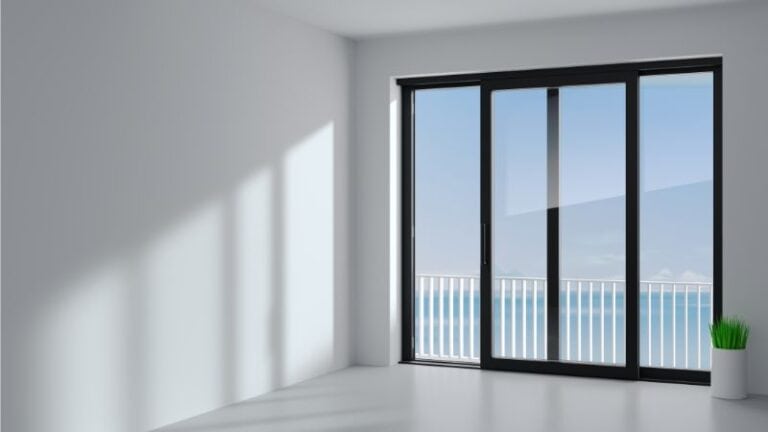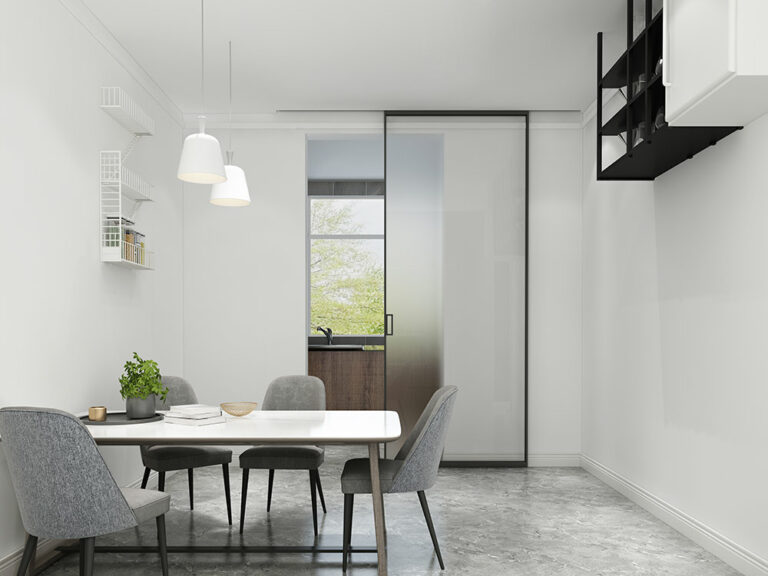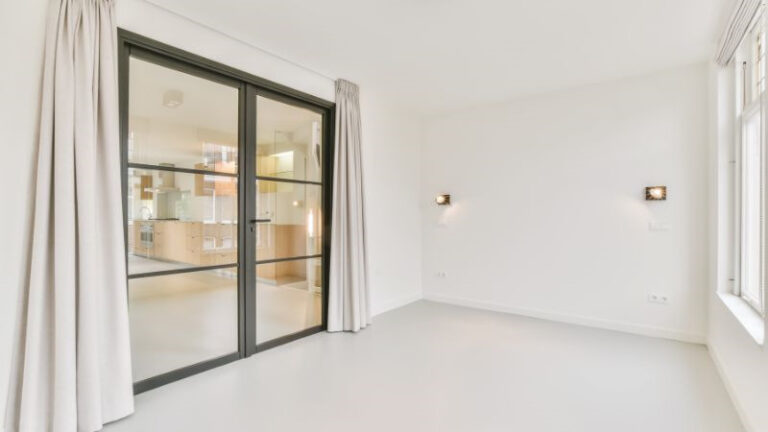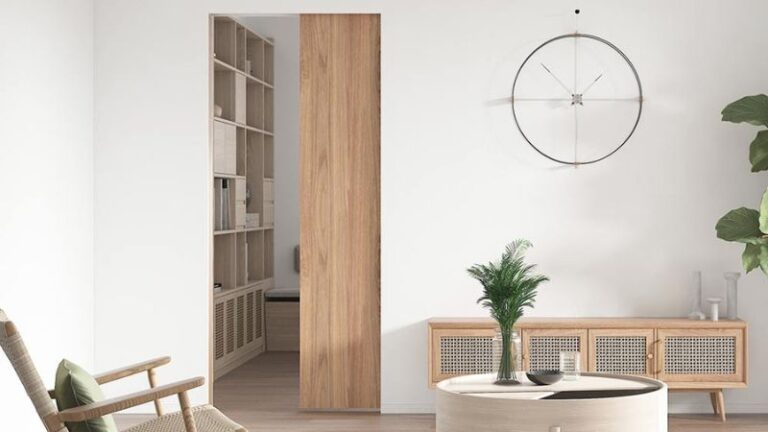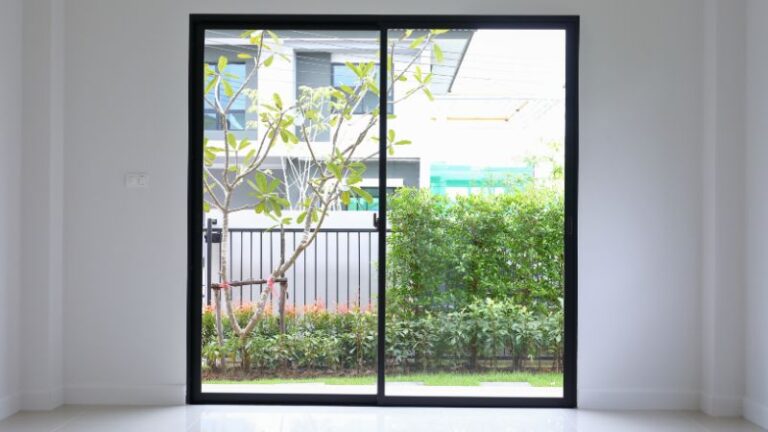Door locks are vital for maintaining the security and privacy of your property. There are a lot of door locks available on the market, but how many of us know which specific lock types are most suitable for your doors? This article will guide you in understanding the different styles of locks.
Deadbolts/Deadlocks
Deadbolts offer even stronger protection against burglary or break-in. They have lock bolts that move with the turning of a knob or key without a spring. Their unique locking mechanism is better equipped to resist physical attacks, battering and boring, making them less susceptible to a knife or hand tool.

Cylindrical Locks/Tubular Locks
Cylindrical locks, also known as tubular locks, are widely used in residential and commercial buildings. They consist of a lock chassis with a cylindrical-shaped lock body that is installed through the door, along with a latch bolt. One of the main advantages of cylindrical locks is their versatility. They offer a wide range of designs and types of lock trim, including levers and escutcheon plates, allowing for customization to match the aesthetics of your doors. Additionally, cylindrical locks often come with built-in key cylinders for added convenience.
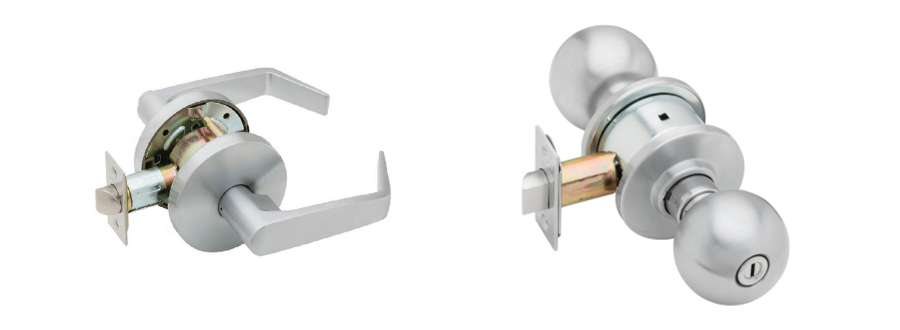
Cylindrical Lever Lock Cylindrical Knob Lock

Tengyu model number: SJ-B05 TY2.145.071.N22

Tengyu model number: SJ-B05 TY2.145.074.N22
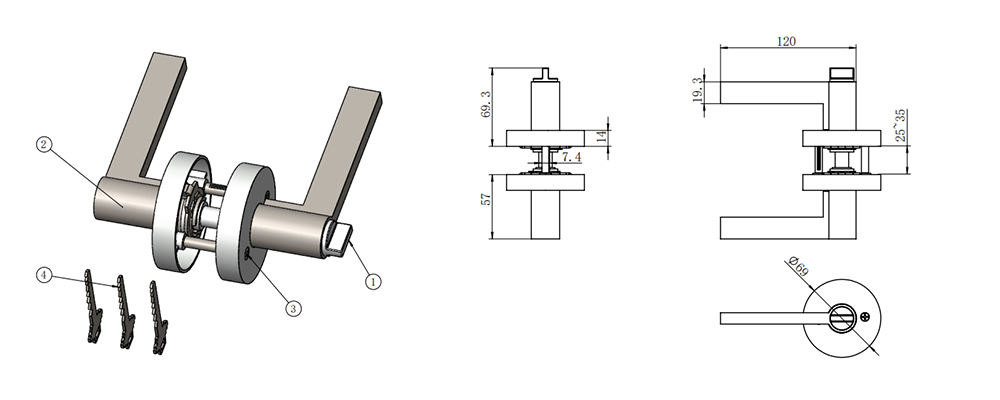
Mortise Locks/Mortice latches
Mortise locks are known for their durability and strength. They consist of a lock body, which is installed inside a recessed pocket (mortise) in the door’s edge. This design provides excellent security and makes mortise locks more difficult to tamper with compared to other types of locks. Mortise locks require a more complex installation process as they need a mortise cut out in the door. This additional effort is worth it for those looking for enhanced security. Their internal mechanisms include a latch bolt and a deadbolt, offering multiple levels of locking.

Multi-Point Locks/Patio Locks
Multi-point lock also known as a Patio Lock, have 3 different bolts that come out of 3 different points of the door to lock and secure the door in place. Basically it’s 3 bolts locking from top, bottom and side edge of the door, which is a whole lot more secure than a basic deadbolt that just locks from the side edge.
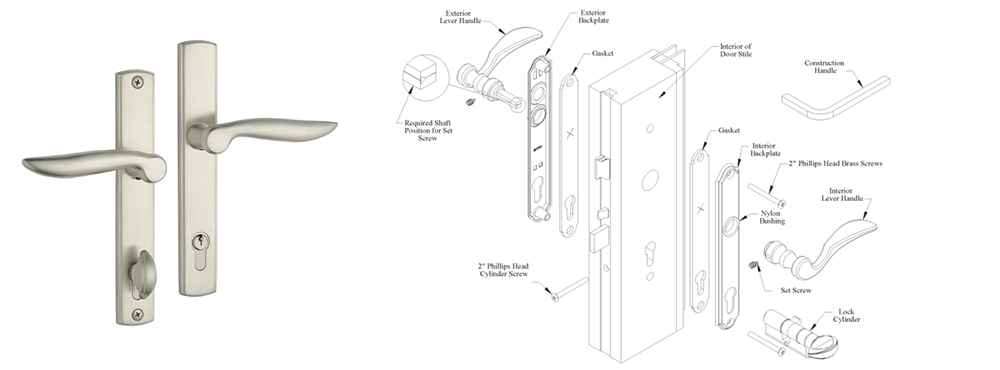
Rim Locks
A rim lock is a surface mount lock that installs on the surface of a door and uses a latch that slides into the keeper on the door rim or frame to secure the door. This gives you the flexibility to install a rim lock on doors of varying thicknesses, including thinner, more decorative doors, without worrying about accommodating a large latch mechanism. The rim lock’s installation doesn’t compromise the integrity of the door, ensuring a secure fit that harmonises with the door’s design.
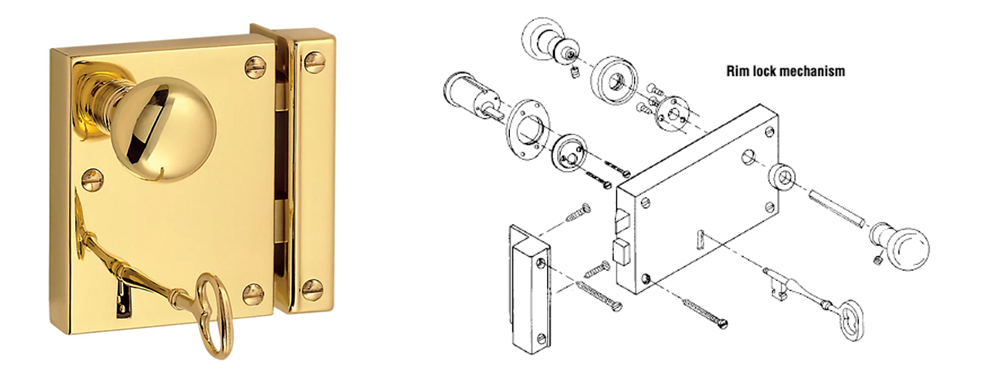
Sash Locks
Sash locks, also known as mortice sash locks, use a combined mechanism of a deadbolt, latch and handle mechanism. A sash lock is also one of the most common styles of lever lock used on interior and exterior doors, usually fitted within the material of the door.
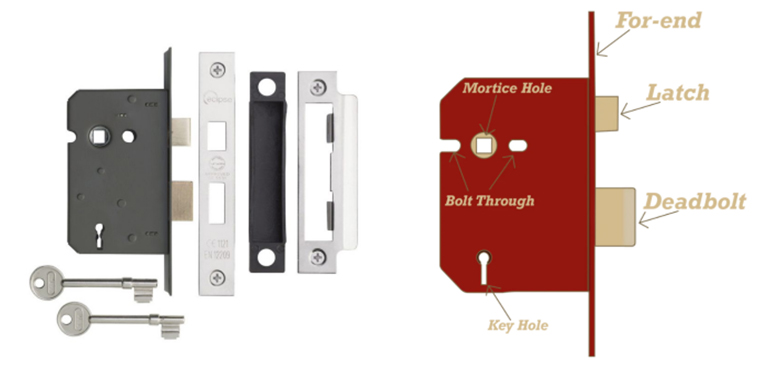
Finally, the main deciding factor as to which lock to choose is to consider which room you will be securing. If you have any queries or want some more information, our specialists will always help.


